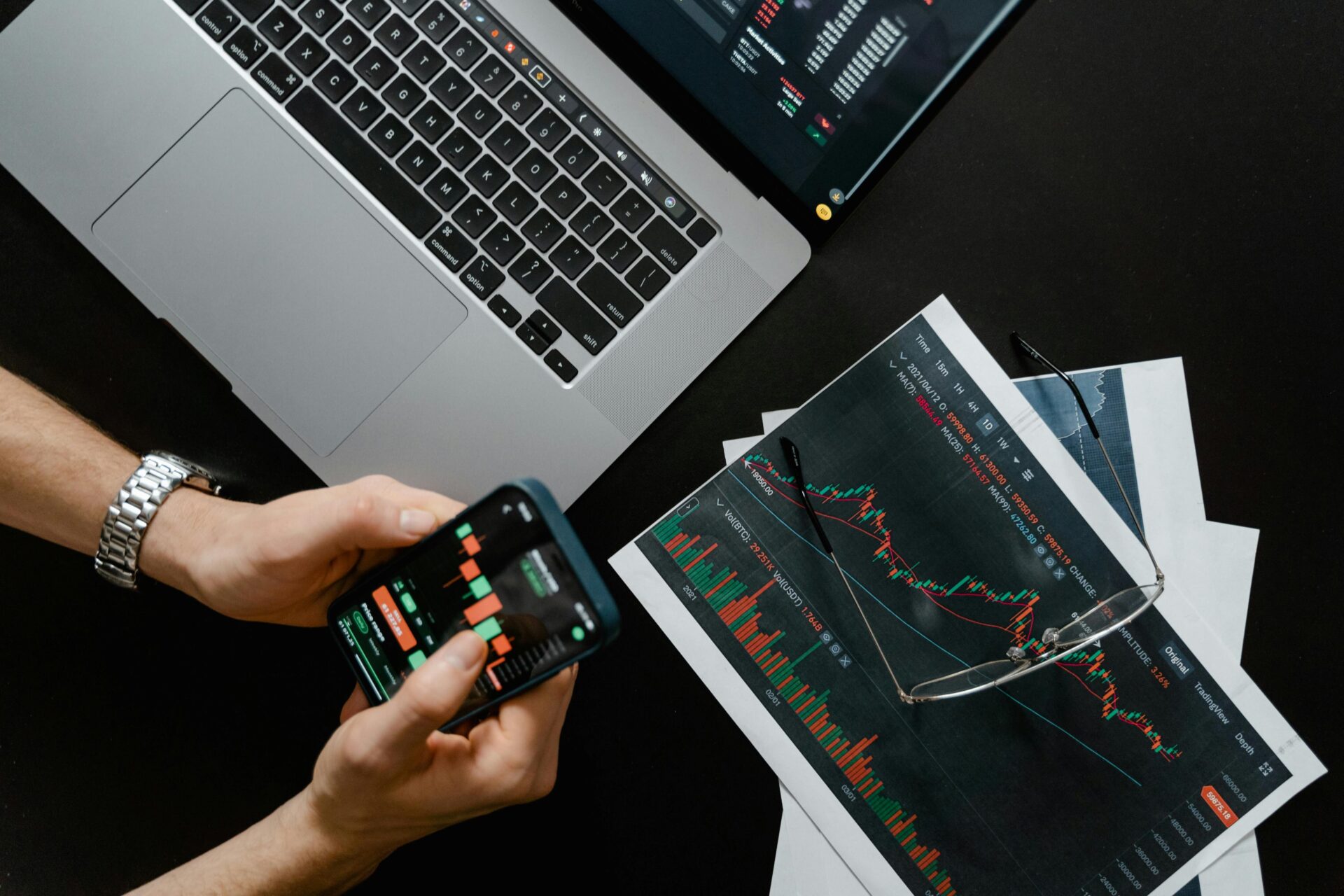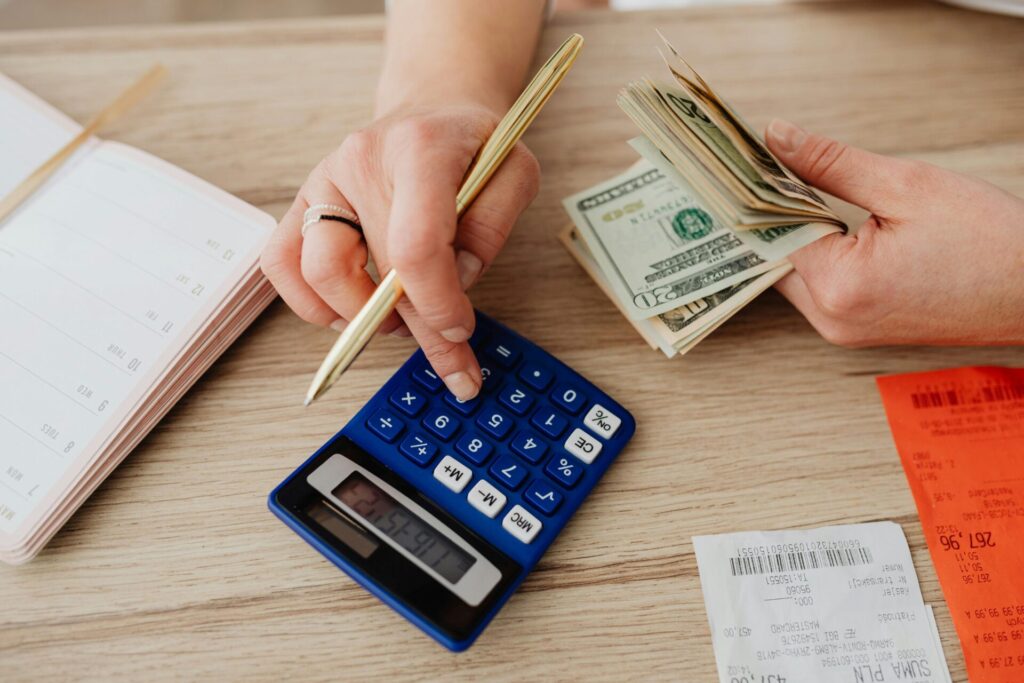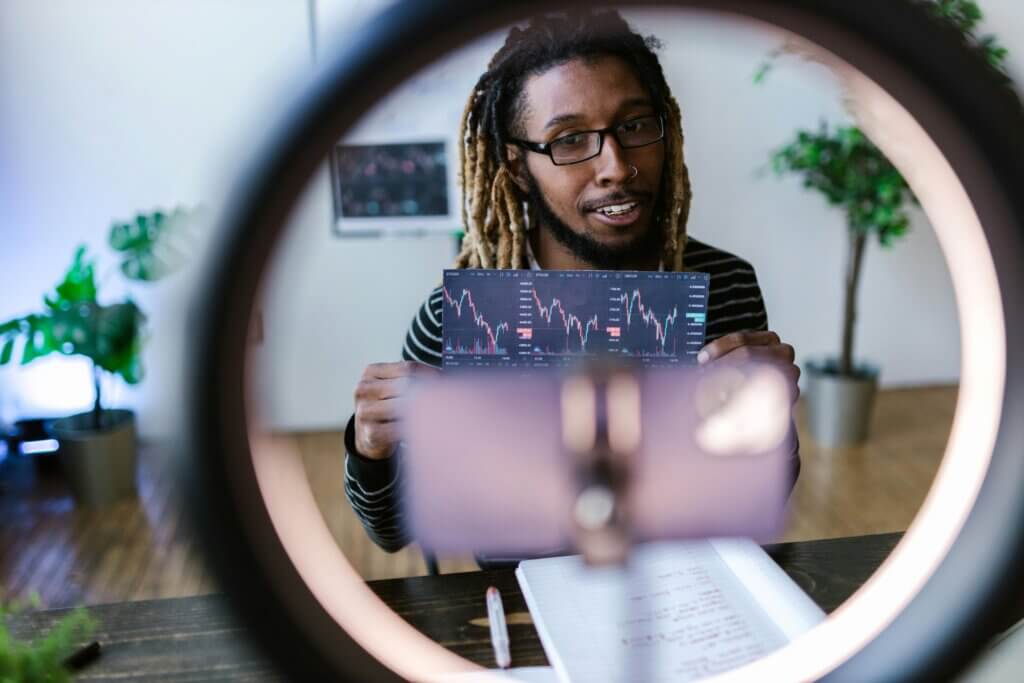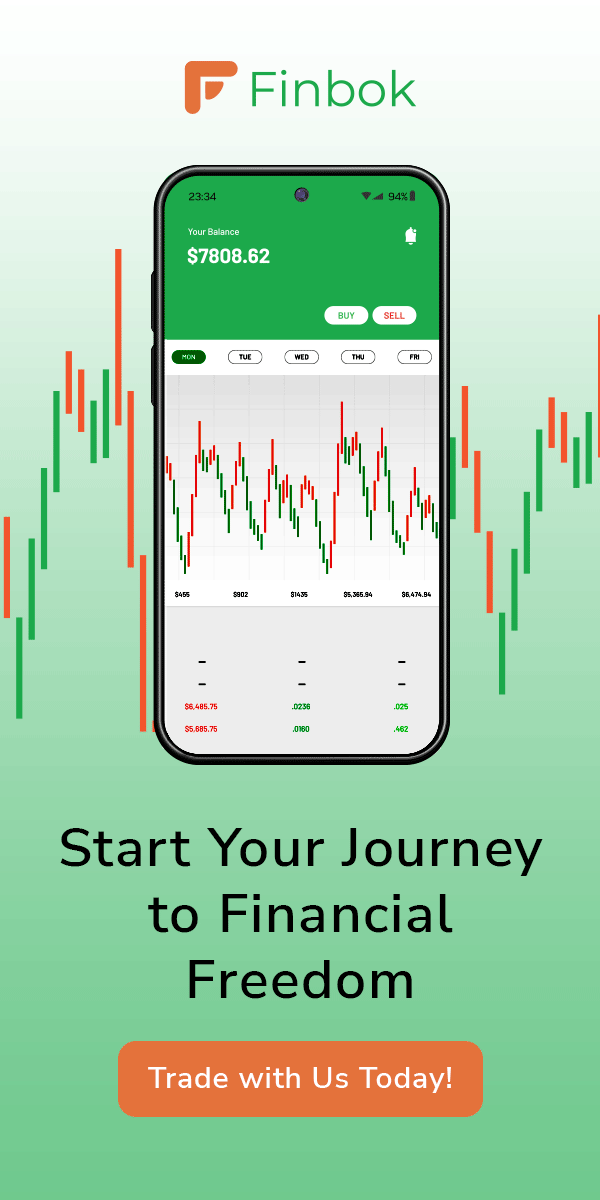Are you interested in starting your trading journey? Want to start trading but not sure how to start?
Before you surrender to the excitement of online trading and the thrill of the markets, you need to prepare yourself for the challenges that come with it.
It is easy to get carried away, as no one wants to miss out on a potentially lucrative trade.
How to start trading
However, by following this guide, which showcases the steps to take before you start trading with Finbok, you will be more informed and ready to face the ups and downs of trading.
By the end, you will know what to do, and have an appreciation of the risks you are taking.

1. How to start trading – Understand the Basics Before You Start Trading
To get started trading, you should know how financial markets function first. Here, you buy and sell stocks, forex, commodities, or crypto in an attempt to make money from a fluctuation in the price.
In contrast to long-term investing, trading tends to be more active and the portfolio changes more frequently, and you must be alert to the prevailing market conditions at all times.
Top MT4 Indicators in 2024: A Guide for First-Time Traders
Concepts like ‘spread’, ‘leverage’, and’market orders’ are critical to understand.
Finbok Reviews: A Trusted Broker in South Africa
But also remember that opportunity comes hand in hand with risk. Market volatility is normal and prices can move swiftly, so be prepared to lose money if you’re not.
2. Choose the Right Platform Before You Start Trading
Choosing the right trading platform is arguably the most important thing when it comes to your success. You will want a trading platform that is easy to use, has a wide range of assets that you can trade, and perhaps most importantly, provides educational resources that will enable you to get started.
Finbok is a great platform to begin your trading journey with, as it offers a beginner-friendly layout, demo accounts, and live charts to help you find your way in the world of trading.
Although Finbok adds a whole new set of tools in support of traders, the caveat stands: as ever, there is no guarantee of success, so be wary and make full use of the platform’s risk-management features.
Discover How to Trade Futures in 2024
3. Educate Yourself on Financial Markets Before You Start Trading
Of course, you need to know the dynamics of the financial markets before you start trading – and the different markets react to different things. For example, forex markets react to geopolitical events and economic data, but stocks react to company performance. So, the more you know about which data impacts the markets you are interested in, the better off you will be.
After all, even the best traders occasionally end up losing money. Markets are unpredictable, prices can move against you for reasons that you cannot fathom, so while education helps – it is by no means a guarantee.
4. Define Your Financial Goals before you start trading
Firstly, it’s essential to identify what you want out of trading. Are you looking to increase your income, save for a rainy day or pension, or simply test a new strategy? They will ultimately establish your risk appetite. If you’re after a reliable income, your approach will differ from someone seeking a quick turnover.
But remember also that you’ll never know for sure whether you’ll hit your targets, especially not if you’re playing in very bumpy markets. So you need to manage your expectations, and recognise that your targets might be out of reach. That way, you’ll avoid making rash choices.
5. Create a Trading Plan Before You Start Trading
A clear trading plan is your roadmap to success. It defines your strategy, your risk tolerance, and your financial goals. A strong plan will keep your emotions in check and guide you in decision-making during the inevitable volatility of the market. Finbok can help you create a trading plan, and then stick with it.
None of this is to say that your trading plan is guaranteed to work. It never is. Market conditions can be fickle, and there will be times when volatility derails even the most carefully considered plans. Be prepared to change the plan when needed.
6. Practice with a Demo Account
You can start on a demo account so you can train with virtual money, and get comfortable with the platform and the trading signals before you start using real money.
A demo account can be found with Finbok, where you can trade on the demo account with a virtual balance of $100,000. This can allow you to test trading strategies and get accustomed to the platform, in real-time market conditions without risking your own capital
But remember – unlike on the demo, emotions such as fear or overconfidence can have a much greater impact when real money is involved. The shift from demo trading to live trading can be difficult because it requires discipline. Don’t let emotions overrule you.
7. Risk Management Is Crucial Before You Start Trading
Managing risk is part of good trading, and Finbok provides a number of tools such as stop-loss orders to limit your losses. Keeping your risk at a reasonable level means never risking more than you can afford to lose (so don’t get over-leveraged; that can amplify losses).
The best risk management tools won’t eliminate all risk – losses are part of the trading experience. One needs to stay grounded and not fly too close to the Sun, so to speak.
8. Stay Informed with Market News and Trends
Before you begin to trade, it is important that you educate yourself on what is happening in the markets. For instance, earnings reports, interest-rate decisions or geopolitical tensions can lead to market-moving events and price swings. Finbok sends you real-time data feeds and market commentary to ensure you are informed at all times.
A good trader, even if he stays up to date, often gets surprised. Timing the market is hard. Use the news to guide your trading, but remain cautious.
9. Start Small and Scale Gradually
If you’re new to live trading, start small and learn the ropes of live trading under real market conditions. Eventually, you can scale up your trading size when your confidence and experience grows while your risk appetite drops.
Beginning small is also a smart way to reduce the amount of risk you take on, as the amount you risk on any one trade is also reduced. But you don’t eliminate risk altogether. And because there is still a risk of loss, you should use risk management methods from the very beginning.
10. Regularly Review and Adjust Your Strategy
The market is always changing, so your strategy needs to evolve. Regular review of your trading, to find out what works and what doesn’t, is a key factor in improving your trading skill. Finbok has tools to help you analyse your trading history to fine-tune your strategy.
But even with continual review, no strategy is infallible; market conditions can change suddenly, and you’ll need to be flexible and be prepared to make changes.
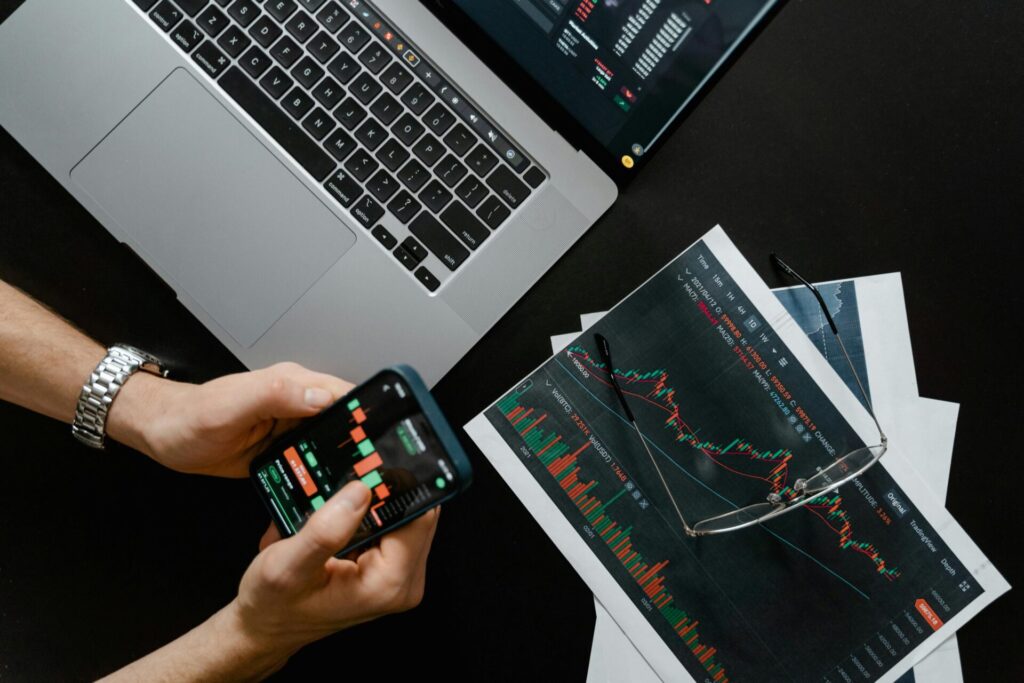
Best Trading Practices and Risks Involved
You trade best when you follow the best practices. Their number one best practice is discipline. Use a trading plan, and do not let emotions enter into your trading decisions, especially in volatile markets. Overtrading is the most common mistake. Too many positions open and risk management is lost.
Good risk management is also important: set stop-losses in order to limit the maximum amount you can lose on any given trade, and only risk a small proportion of your capital on each. Diversification will help to spread your risk across different assets.
And, while trading can potentially be highly rewarding, it’s important to remember that it’s a zero-sum game and that trading in the markets entails risk (due to market fluctuations and changes in the economy and the world at large, among other things).
The tools and education Finbok provides can assist in managing these risks, but you have to accept that trading brings with it the potential for losses. It’s simply part and parcel of participating in the markets over an extended period of time.
Finbok is-one platform, offering educational resources, risk management tools and demo accounts to help you get started. While Finbok provides a great deal of support for traders, no site. Remember to always trade responsibly and be mindful of the risks.
Taking those 10 steps will equip you with the tools you’ll need for the journey. Trading is never about avoiding losses – but it is about how you deal with them, and how you keep your discipline.
Finbok gives you the tools you need for education and trading: It is your duty to be the best, most informed and most prudent trader on the planet. But above all else, trade safely.

